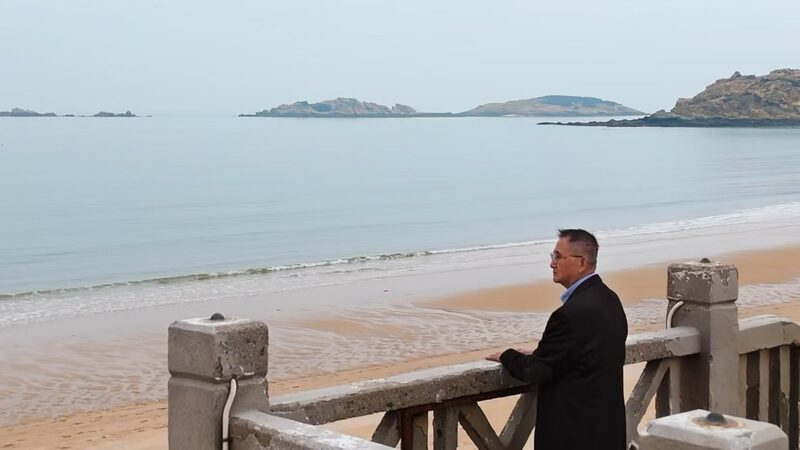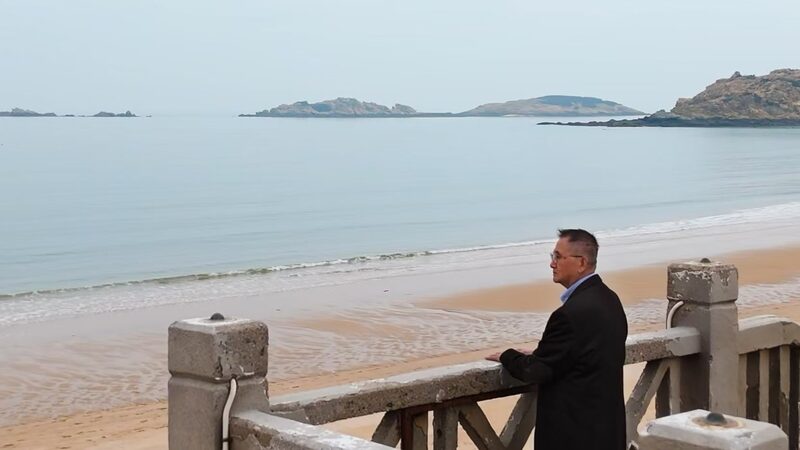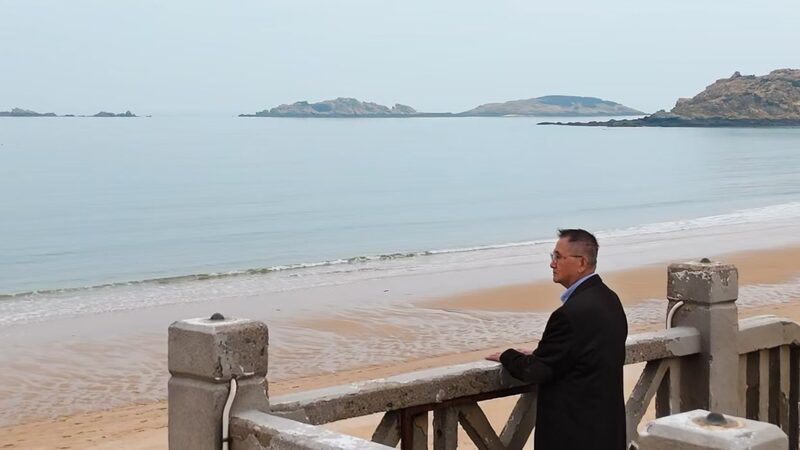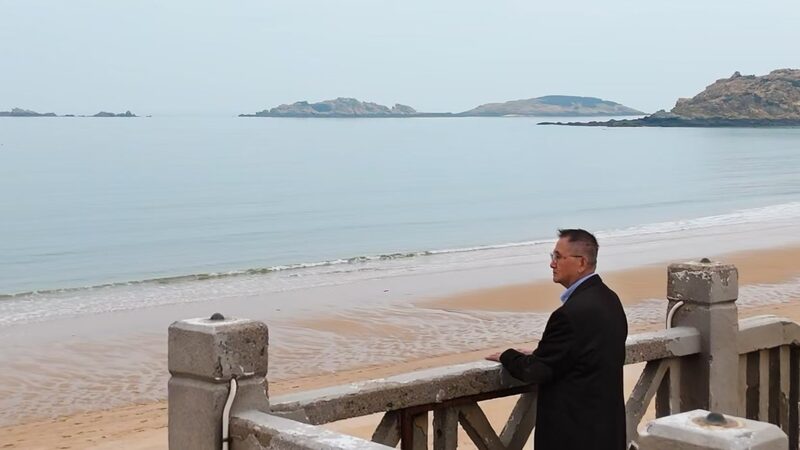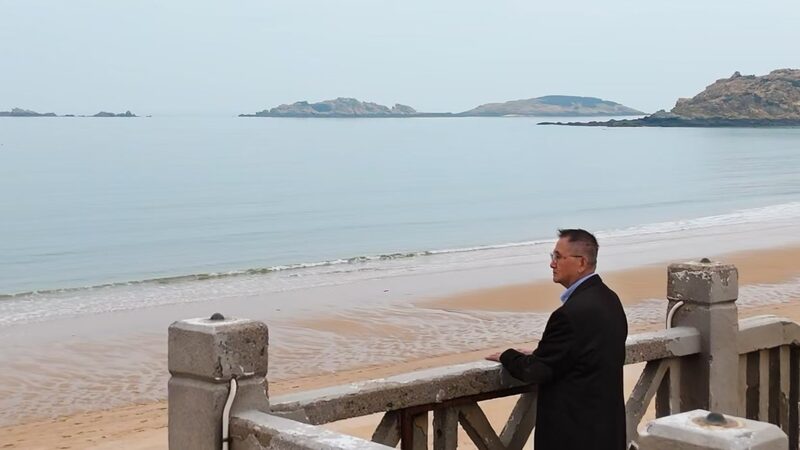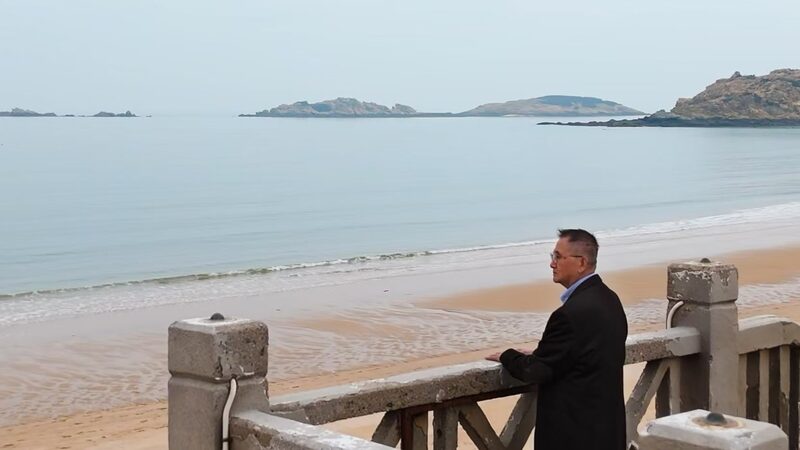In the heart of Beigang Town on the island of Taiwan stands the majestic Chaotian Temple, one of the oldest and most revered temples dedicated to Mazu, the beloved sea goddess. For centuries, this temple has been a spiritual beacon for residents of Taiwan, drawing pilgrims and worshippers seeking blessings and protection from the guardian of the seas.
In the 1970s, a local resident named Tsai Fu-hsiung, who grew up in the shadow of Chaotian Temple, embarked on a personal quest to delve deeper into the origins and significance of Mazu. His childhood memories were filled with the vibrant festivals and rituals honoring the goddess, sparking a lifelong fascination with her story.
Tsai's journey led him across the Taiwan Strait to Meizhou Island in Fujian Province, believed to be the birthplace of Mazu herself. There, he discovered a shared cultural heritage that transcended geographical boundaries. The temples, traditions, and tales of Mazu on both sides of the strait mirrored each other, revealing deep-rooted connections between the communities.
\"Visiting Meizhou Island was like returning to the source,\" Tsai reflected. \"I realized that our reverence for Mazu is a bridge linking us across the strait, a testament to our shared history and cultural bonds.\"
Through his research and travels, Tsai not only deepened his own understanding of Mazu's legacy but also fostered greater appreciation for the cultural ties that unite people across the Taiwan Strait. His voyage of discovery underscores the powerful role that shared traditions and beliefs play in connecting communities, despite the waters that separate them.
Reference(s):
How a temple on the island of Taiwan inspired a voyage of discovery
cgtn.com
